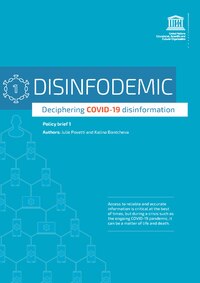
Photo from wikipedia
INTRODUCTION The reasons for the geographic disparities in liver-related mortality across the US remain ill-defined. We sought to investigate the impact of travel distance to liver transplantation (LT) programs and… Click to show full abstract
INTRODUCTION The reasons for the geographic disparities in liver-related mortality across the US remain ill-defined. We sought to investigate the impact of travel distance to liver transplantation (LT) programs and social vulnerability on county differences in liver-related mortality. METHODS Data on LT registrants were obtained from the Scientific Registry of Transplant Recipients Standard Analytic Files (SRTR SAFs) between 2004 and 2019. Liver-related mortality data were obtained from the Center for Disease Control and Prevention's Wide-ranging Online Data for Epidemiologic Research (CDC WONDER) platform. Spatial epidemiological clustering of county-level LT registration and liver-related mortality rates was determined using local Moran's I. Comparison analyses assessed social vulnerability index (SVI) and travel distance within various county clusters. RESULTS Among 151 864 LT waitlist registrants who were diagnosed with liver disease due to hepatitis C virus (HCV) or hepatitis B virus (HBV) (n = 68 479, 45.1%), alcohol (n = 38 328, 25.2%), non-alcoholic steatohepatitis (NASH) (n = 17 485, 11.5%), liver tumors (n = 16 644, 11.0%), and other diseases (n = 10 928, 7.2%), median SVI was 59.3 (IQR, 40.1-83.4). SVI (76.2 vs. 24.3, p < .001) was greater in the highest versus lowest liver-related mortality quartiles. The travel distances to LT centers (143.1 miles vs. 107.2 miles, p < .001) was longer in the lowest versus highest LT registration quartiles. Counties with low LT registration rates and high liver-related mortality rates were associated with long travel distances and high SVI. In contrast, while counties with high LT registration rates and high liver-related mortality rates had comparable SVI, travel distance was relatively shorter. CONCLUSION Counties with greater SVIs were associated with higher liver-related mortality, with the highest SVI counties having the highest overall liver-related mortality. Longer travel distances were associated with higher liver-related mortality. These findings highlight the impact of social determinants of health (SDOH) on liver disease outcomes.
Journal Title: Clinical transplantation
Year Published: 2023
Link to full text (if available)
Share on Social Media: Sign Up to like & get
recommendations!